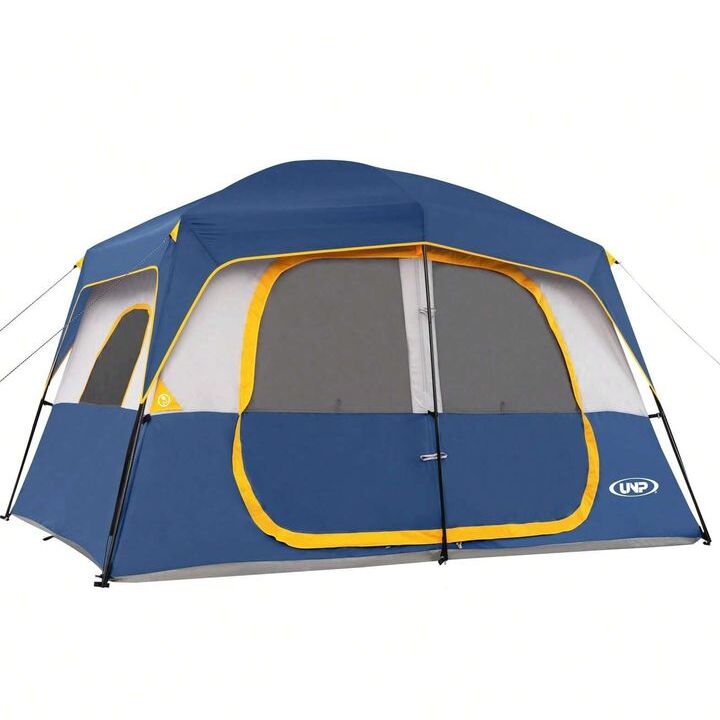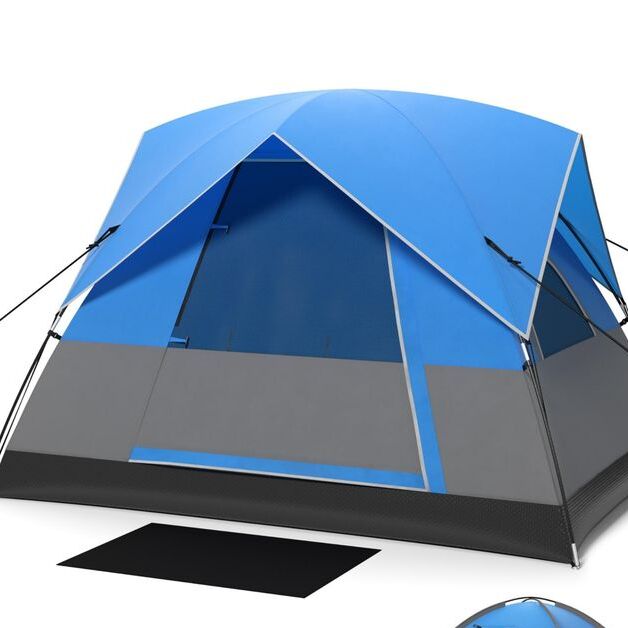Understanding What the Blue Tent in Football Is
The blue tent in football, often seen on the sidelines during games, is more than just a temporary shelter—it’s a critical part of player welfare and management during injuries. Formally known as an “injury tent,” this facility is designed to provide a private and secure space for medical staff to assess and treat injured players without the distractions of a crowded sideline. What is the blue tent in football? It’s essentially a mobile medical unit that allows for immediate attention to injuries while preserving player privacy and ensuring that assessments can occur away from prying eyes.
The blue tent follows a simple yet vital purpose: it provides a designated area for trainers and medical professionals to diagnose issues quickly and efficiently. The design of the tent allows for it to be set up rapidly, ensuring that players have access to the necessary care as soon as they are injured. The clear display of a blue color distinguishes this tent from other equipment and is quickly recognizable by players, coaches, and fans alike.
In addition to its obvious medical purposes, the blue tent symbolizes the growing recognition of player safety in sports. Its presence reflects not only the physical handling of injuries but also the psychological well-being of athletes during critical moments in a game. The integration of the blue tent into the sports environment underscores the importance of proactive measures in injury management and treatment. This area serves as a reminder that while the game is important, the health of the players is paramount.

The Role of the Blue Tent in Injury Management
When discussing what is the blue tent in football, its role in injury management cannot be overlooked. During games, injuries can occur at any moment, and player safety is a top priority for teams and leagues alike. When a player suffers an injury, medical staff can begin preliminary assessments within the tent. This immediate evaluation helps determine the severity of the injury and whether the player can continue participating in the game.
The blue tent also serves as a location for other essential medical actions. Not only does it facilitate the examination process, but it’s also a place where players can receive treatments like ice packs for sprains, bandaging for cuts, or even concussion assessments. The medical team has a controlled space to work in, which reduces the chances of distractions and allows for a more thorough assessment away from the chaos of the game.
In today’s sports culture, the presence of the blue tent signifies a positive transformation in how injuries are handled. Historically, players might have been expected to ‘tough it out’ and return to play with injuries that could leave them vulnerable to more significant harm. However, the existence of the blue tent emphasizes a shift towards prioritizing long-term health. Athletes today cannot only rely on doctors’ expertise but also feel empowered to make informed decisions regarding their health, heightening awareness about injuries and recovery.
Insights into the Tent’s Design and Functionality
Delving deeper into what is the blue tent in football, it’s essential to understand its design and functionality. Typically made from durable weather-resistant materials, the tent is lightweight yet robust enough to withstand varying conditions, ensuring that it can be deployed quickly during games regardless of weather.
The tent features ventilation ports and windows for airflow, ensuring that it remains comfortable for players during assessments or treatments. Inside, medical staff can utilize a variety of tools and equipment to aid in diagnosis—ranging from basic first-aid supplies to advanced diagnostic devices. Having this equipment at their disposal enhances the team’s capability to make informed decisions quickly.
Furthermore, the design prioritizes privacy, which is crucial for athletes who might feel vulnerable or embarrassed by injuries—especially those that are more severe or personal in nature. Privacy helps in fostering an environment where players can speak candidly about their conditions without fear of judgment or scrutiny from spectators and media.
The blue tent represents a significant element of modern sports infrastructure in football. It symbolizes the evolving approach to injury treatment, combining functionality, comfort, and professionalism. It clearly shows the increasing integration of technology and practices in sports. This shift prioritizes player health over winning at all costs.

The Impact of the Blue Tent on Player Performance
Another crucial angle when examining what is the blue tent in football is its impact on player performance. While some might argue that medical assessments can be disruptive during a game, having a dedicated space for evaluation actually enables players to return to their full capabilities faster. Quick assessments and treatments minimize the downtime of injured players while ensuring they don’t risk exacerbating their injury.
Furthermore, the mental aspect of injury cannot be overstated. Knowing that a private area exists for evaluation helps players focus better on the game. This reduces their worries about injuries in an open environment. This confidence can lead to improved overall performance, as players feel supported by their medical teams. They understand that should they need immediate attention, they have somewhere to go where they can receive it promptly.
Moreover, leagues increasingly emphasize that player health matters. This is supported by better protocols for injury management and the facilities represented by the blue tent. Players are now more educated about their health and injury risks, allowing them to make smarter choices about playing through pain. This empowerment directly contributes to improved player longevity and reduced long-term health consequences, ultimately benefiting the sport as a whole.
Comparing the Tent with Other Sports Facilities
When answering what the blue tent is in football, it’s helpful to make comparisons with similar sports facilities. This can provide a clearer understanding of its purpose and function. Various sports have designated areas or tents for the swift treatment of injuries. Among them, the blue tent is particularly recognizable in football due to its consistent presence.
In sports like basketball or hockey, similar temporary structures exist, but they are often more integrated into the arena’s design. Football’s blue tent is notable for its mobility and scalability. This design allows it to travel with the team and be set up in any outdoor setting. This flexibility makes it particularly functional in football, where the game is often played in open-field settings, unlike traditional arenas.
The blue tent has gained popularity due to media coverage. Cameras often spotlight it during critical injury moments, while similar setups in other sports might go unnoticed. This visibility reinforces the importance of player health in football and showcases the sport’s commitment to handling injuries responsibly. Each sport has developed its own methods of managing injuries. However, the blue tent’s public recognition has sparked discussions about health and safety in athletics, highlighting the importance of prioritizing player well-being.

Conclusion: The Future Role of the Blue Tent in Football
In wrapping up our exploration of the blue tent in football, it’s clear that this feature is essential for player safety. It plays a vital role in protecting athletes both on and off the field. As football continues to evolve, the tent symbolizes a significant shift towards a more player-focused approach to health and safety.
Ongoing research into sports medicine suggests that the functions of the blue tent will likely expand. In the future, it may include even more advanced protocols for injury assessment and rehabilitation. Improved understanding of injury prevention and recovery will influence the utilization of these medical setups. As a result, they will become an even more integral part of football culture.
The blue tent is not just a temporary medical station. It represents a movement towards prioritizing athletes’ wellbeing and fostering an environment where physical health is paramount. As such, it reminds us that player protection is a top priority—a lesson that can be applicable across all sports. Each time fans see the blue tent being used, it should serve as a reminder of how far the sports world has come. And the importance of ensuring safe play in a highly physical and competitive environment.